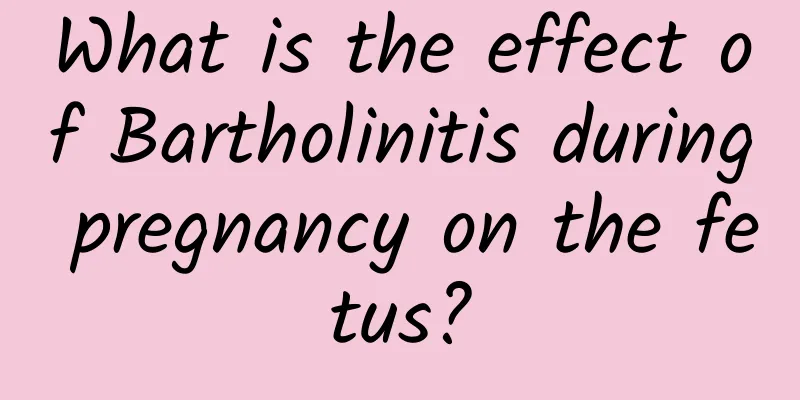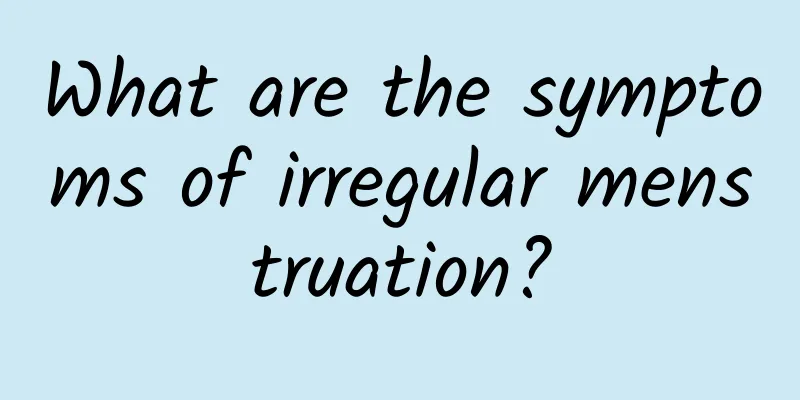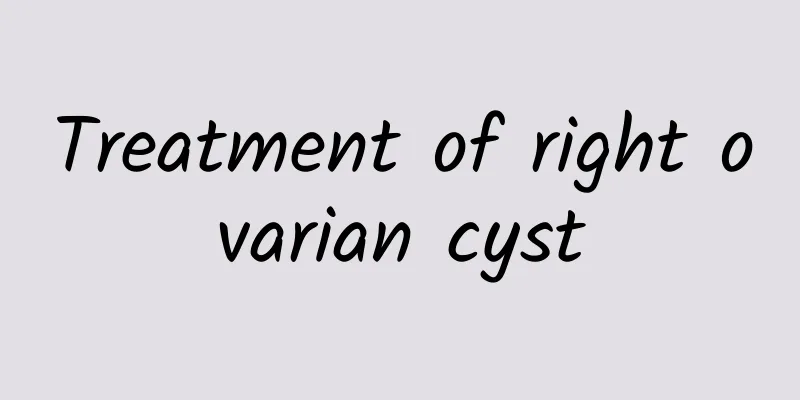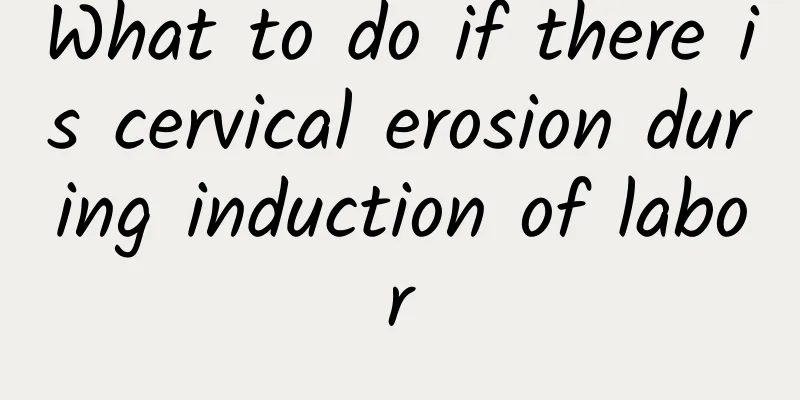Comprehensive analysis of methods for treating menopause
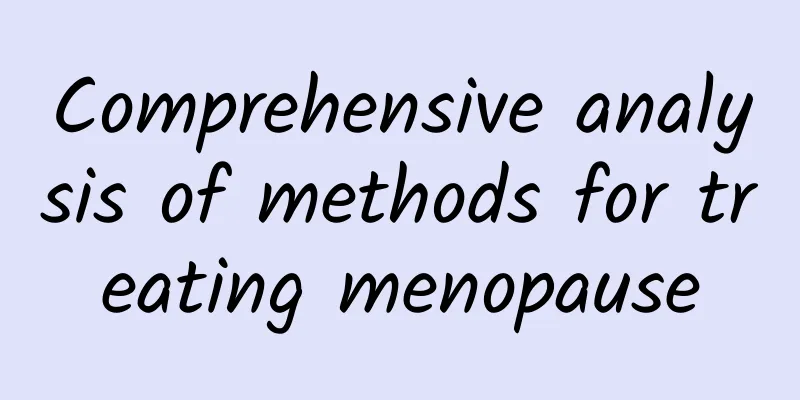
|
Today we will comprehensively analyze the methods of treating menopause. Menopause is a problem that every woman must face. If a woman experiences menopause, it only proves that a woman is aging faster. So how to deal with this phenomenon? Let us understand it through the following introduction. 1. HRT (Hormone Replacement Therapy) In principle, the goal should be to maintain the health of the body. For example, long-term medication is required to prevent postmenopausal degenerative diseases. (1) Etiological treatment: During the reproductive period, the cyclical changes in the estrogen and progesterone in the blood of women participate in coordinating the physiological activities of the body, becoming an important factor in stabilizing the internal environment of the female body and maintaining health. After menopause, the continuous decline of estrogen and progesterone causes women's physical and mental dysfunction, and the body produces a series of degenerative lesions, resulting in poor physical health of some women. Etiological treatment is given to these health problems caused by estrogen deficiency. (2) Physiological supplementation: The purpose is to enable the organs of postmenopausal women to function physiologically as much as possible to maintain the health of the body, not to restore their endocrine conditions to the level of the ovarian cycle during the reproductive period, which is physiological supplementation. Physiological supplementation mostly advocates the use of natural estrogens, that is, the chemical structures of estrone, estradiol and estriol. The dosage is controlled at a blood E2 concentration of about 220pmol/L, or within the equivalent estrogen activity range, and should not exceed 550pmol/L. Exceeding this level may lead to an increase in side effects. Since the estrogen and progesterone in contraceptives are in large doses, highly active, and have a non-physiological chemical structure, they are not suitable for physiological supplementation in HRT. (3) During the menopausal transition period, HRT should focus on supplementing progesterone: During the menopausal transition period, the growth and development disorders of follicles gradually increase, and finally the functional follicles disappear from the ovaries. The corresponding changes in estrogen and progesterone during this period are: first, there is a relative lack of progesterone, and then there is a lack of it; the lack of estrogen changes cyclically, although there may be a transient relative excess, the total amount gradually decreases, and finally to lack, forming a relatively excessive or single unopposed estrogen stimulation for a long time. Some women may experience varying degrees of proliferative changes in the endometrium, and even malignant changes. Therefore, during this period, the main focus should be on cyclical supplementation of progesterone to adjust the menstrual cycle and prevent endometrial proliferative lesions. As estrogen gradually becomes deficient, estrogen can be supplemented at the same time. (4) HRT in the late menopause should be mainly based on estrogen supplementation: Early postmenopause ovarian follicle activity basically stops. The blood estradiol concentration drops from about 150-1500pmol/L in the reproductive period to below 80pmol/L within 1-2 years, which is lower than the basic level for maintaining the physiological functions of the body's organs. Endometrial atrophy is completed within 2-3 years after menopause, and the rate of bone loss is fastest within 1-3 years after menopause. Corresponding degenerative changes occur in various organs throughout the body. Therefore, to prevent postmenopausal degenerative lesions, timely and long-term estrogen supplementation should be used. In order to counteract the side effects of estrogen on endometrial hyperplasia, those with a uterus need to add progesterone. 2. Indications and contraindications (1) Indications: ①Have menopausal symptoms. ②Prevent and reduce bone loss. ③Prevent the occurrence of cardiovascular diseases and blood lipid metabolism disorders. Protect patients with coronary heart disease. ④ Diseases caused by urogenital atrophy such as senile vaginitis, urethral cystitis, uterine prolapse, stress urinary incontinence, etc. ⑤ Estrogen can cause the elasticity of the connective tissue under the skin and mucous membranes to proliferate, and the mucous membranes to proliferate, thus relieving pain and difficulty in sexual intercourse. (2) Contraindications: ①Have hormone-dependent diseases, such as unexplained vaginal bleeding, uterine fibroids, reproductive system tumors, etc. ② Thrombotic diseases. ③There is liver and kidney function damage. ④ Have a history of malignant tumor. The above methods of treating menopause are for reference only. Delaying menopause can help us slow down the aging process. Women in need must undergo treatment under the guidance and advice of a doctor. |
<<: What are the dietary treatments for menopause?
>>: Diet therapy for menopause
Recommend
The early symptoms of cervical erosion are mainly caused by cervical secretions.
Women in the new era are most concerned about the...
Folk remedies for treating adnexitis
Adnexitis is a common disease caused by pathogeni...
Delicious soup relieves women's pain of menstrual cramps
Dysmenorrhea refers to pain and distension in the...
Beware of the clinical manifestations of chronic pelvic inflammatory disease
Pelvic inflammatory disease is a common gynecolog...
What are the measures to prevent cervical hypertrophy?
In life, many women are prone to different degree...
What are the main symptoms of chronic cervicitis
Many female friends suffer from cervicitis, which...
Meal timing may affect weight loss outcomes
I overslept in the morning and rushed to the comp...
What are the dangers of cervical warts
Cervical warts are a very harmful disease that ca...
Why do people feel sore all over after abortion? How to treat the three causes of pain?
There are many reasons for body aches after abort...
What are the symptoms of incomplete abortion and what should you pay attention to after abortion?
After an incomplete abortion, the patient will ha...
Is Air Force breakfast bad? Nutritionist: The blacklist of obesity landmines is…
According to media reports, a volunteer air force...
How to cure female cervical erosion? Women must know 3 physical treatments for cervical erosion
As we all know, the cervix plays a very important...
What to do with polycystic amenorrhea
What to do about polycystic amenorrhea? 1. Regula...
Can I eat mutton after uterine fibroid surgery? Are most uterine fibroids benign?
Generally, clinical patients should pay attention...
What are the symptoms of spontaneous abortion? Pay attention to these 3 symptoms
In the early stages of pregnancy, the fetus is st...

